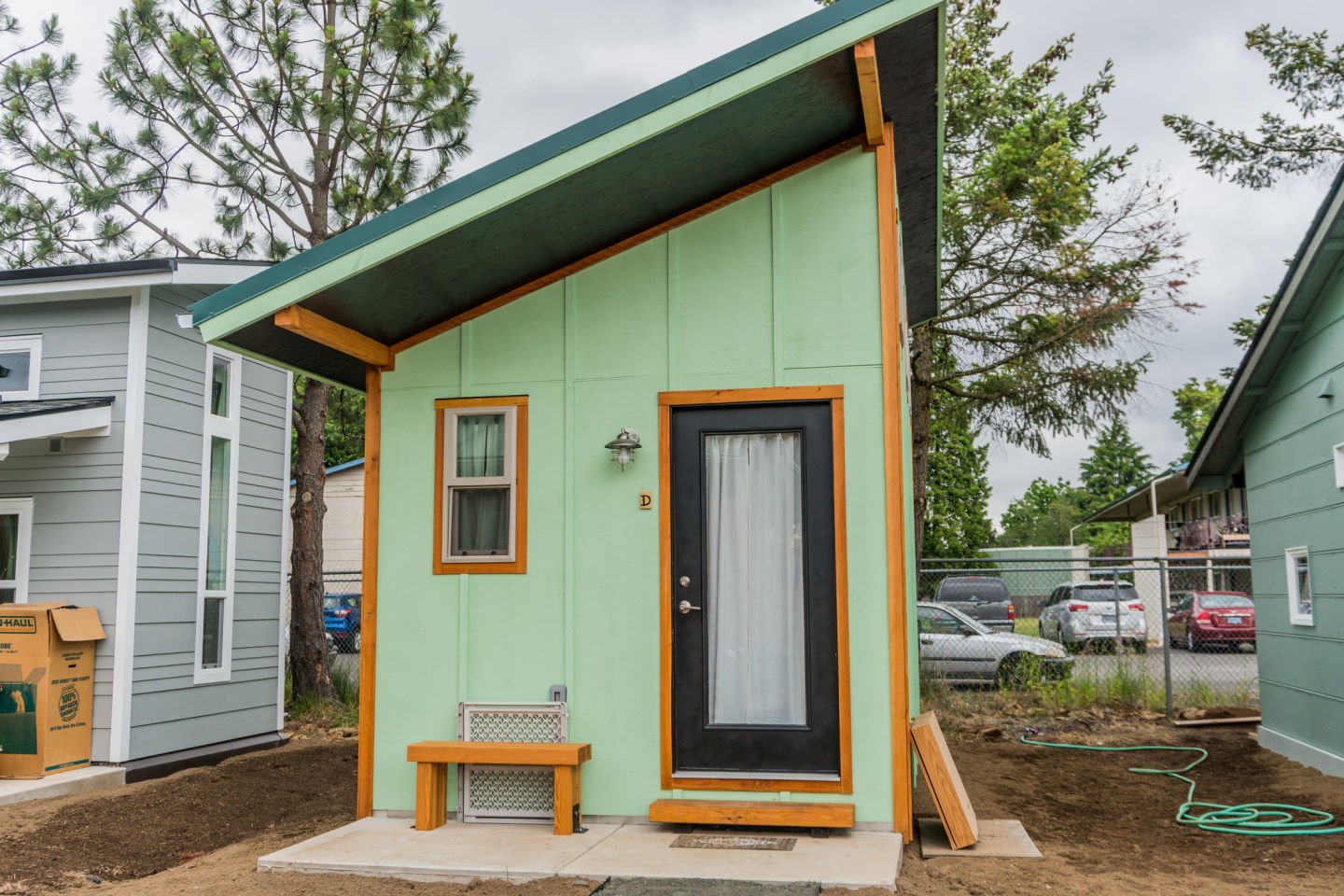Can tiny homes solve the housing crisis?
You can live large in a small space, but government regulations are not keeping up with housing innovations.

It’s the ultimate way to downsize – moving out of your “normal” house and into a home that’s no bigger than a shipping container.
In fact, it may have started out as a shipping container and been converted into a living space.
We’re talking about tiny homes – a trend that took off in the US in the late 1990s and is now being touted by some as the solution to Australia’s housing crisis.
Enthusiasm for these no-frills abodes has spawned TV shows such as Tiny House Hunters, Tiny Paradise, Tiny Luxury, and Tiny House, Big Living. YouTube has hundreds of videos in the same vein.
Hype is one thing, but the process of building and moving into a tiny home is more challenging than you might imagine.
First up, let’s look at the pros and cons of tiny house living.
Affordability. The cost of a tiny home is significantly lower than a traditional house, which makes it an attractive option for people who want to own a home without breaking the bank. Tiny homes also have lower maintenance costs.
Energy efficient. Tiny homes can help you reduce your carbon footprint and lower your monthly utility bills. Many tiny homes use solar panels, composting toilets, and other eco-friendly features.
Customisable. Because of their compact size, every centimetre of a tiny home must be used efficiently, which means you can design your space to meet your specific needs and preferences.
Mobility. Tiny homes are often built on wheels, making them a portable housing solution. This mobility allows you to travel or relocate without the stress of selling or buying a new home. It also provides an opportunity to live a more minimalistic and adventurous lifestyle.
Limited space. The most significant drawback of tiny homes is the limited living space. This can be challenging, especially if you have a family or enjoy hosting guests.
Zoning regulations. Some councils prohibit or restrict the use of tiny homes. It's important to research the local laws to ensure that you can legally live in a tiny home in your desired location.
Building codes. It's important to work with a professional builder who understands local codes and can ensure that your tiny home meets all necessary requirements.
Resale value. Tiny homes are still a relatively new concept, and their resale value is untested. It may be difficult to recoup your investment if you decide to sell.
The first thing you’ll need before you buy a tiny home is land.
You may want to set up in a caravan park, in a friend’s backyard, or on a piece of land you own. But, depending on where you want to live, some of those options – perhaps all of them – may not be available to you.
Local governments have been slow to come to grips with the idea of people wanting to live full-time in a tiny home.
Some Australian councils will allow you to “park” your home on your or somebody else’s land but only live at the property for a designated period – say six out of every 12 months.
Others will allow you to live in a granny flat-style building on a dual-occupancy basis, or even allow you to build a tiny building on vacant land and live there as you would in a “normal” house.
For some authorities, size doesn’t matter. For others, it’s still a big issue.
The takeaway here is: don’t get in too deep until you know that not only will you feel comfortable in a tiny house, but that the place of your dreams can be converted into a reality.
Further reading: Realestate.com.au








